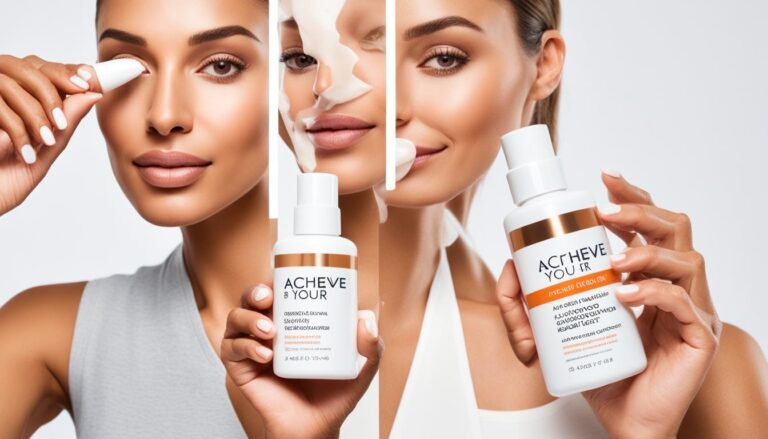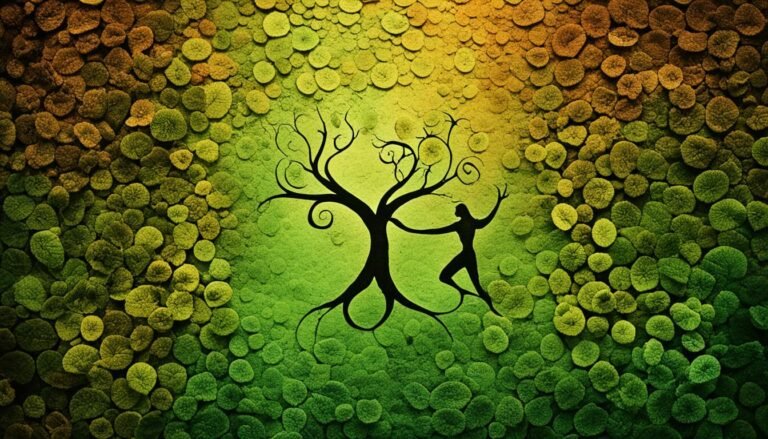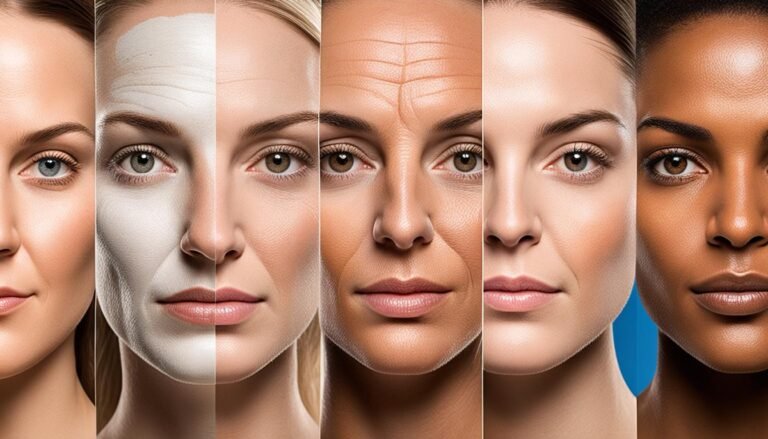Why do fair people look more attractive?
Have you ever wondered why fair-skinned individuals are often considered more attractive? Is there a beauty bias towards fair people that goes beyond personal preferences? In this article, we delve into the psychological associations, historical and socioeconomic factors, and cultural influences that contribute to the perception of attractiveness when it comes to fair skin.
Key Takeaways:
- Fair skin is often perceived as more attractive due to psychological associations with purity and virtue linked to the color white.
- Historically, fair skin has been associated with wealth and privilege, further reinforcing the perception of attractiveness.
- Socioeconomic factors, such as outdoor labor and sun exposure, can contribute to variations in skin tone within different classes.
- Beauty standards vary across cultures and individual preferences, highlighting the subjective nature of attractiveness.
- Understanding the beauty bias towards fair people helps us challenge societal norms and appreciate the diverse aspects of beauty.
Psychological associations with fair skin
The human mind has a tendency to associate different colors with certain meanings and emotions. In the case of fair skin, there are psychological associations with ideas of purity, virtue, trust, cleanliness, and wisdom. These associations stem from the cultural significance and symbolism of the color white.
Psychologically, fairness and purity are often linked together. Fair skin is commonly seen as a physical manifestation of purity, which can evoke a sense of admiration and attraction. Research suggests that people may unconsciously perceive fair-skinned individuals as more virtuous and trustworthy, attributing positive personality traits to them.
This psychological link between fair skin and positive qualities contributes to the perception of attractiveness. It is important to note that these associations may vary across cultures, as different societies have their own unique beauty standards and ideals.
“Fairness is associated with notions of morality, innocence, and beauty in many cultures. The perception of fairness goes beyond physical appearance and taps into deep-seated psychological biases.”
Furthermore, fair skin is often associated with cleanliness and hygiene. Historically, the idea of fair skin being blemish-free implied good health and wellness. This association with cleanliness further enhances the attractiveness of fair-skinned individuals.
Another psychological factor that may contribute to the appeal of fair skin is the association with wisdom. In many cultures, fair-skinned individuals are considered wise and knowledgeable, possibly due to historical figures with fair complexions being seen as symbols of intelligence and authority.
The Psychology of Color Associations
Color psychology is a field of study that explores how colors can influence human emotions, perceptions, and behaviors. Fair skin’s association with purity, virtue, trust, cleanliness, and wisdom taps into this aspect of color psychology. Understanding these subconscious associations provides insight into the complex factors that shape our perception of beauty and attractiveness.
Historical and socioeconomic factors
In certain communities, the fair complexion has historically been considered a wealth indicator. This belief stems from the association of fair skin with individuals who work indoors, typically in higher socioeconomic classes, compared to those from economically disadvantaged backgrounds who work outdoors and are exposed to more sunlight, resulting in darker skin tones. These socioeconomic factors, deeply ingrained in societal norms and upbringing, have contributed to the preference for fair skin as a symbol of affluence and privilege.
While it is important to acknowledge the historical connection between fair complexion and wealth, it is crucial to understand that beauty standards and perceptions vary across different cultures and contexts. Not all societies share the same emphasis on fair skin, and beauty ideals are influenced by a multitude of factors, including cultural diversity and individual preferences.
Fair skin has historically been associated with wealth and privilege, further reinforcing the perception of attractiveness.
The influence of historical and socioeconomic factors on beauty preferences is a complex subject, and it is essential to approach it with sensitivity and understanding. While fair skin may still be preferred in some societies, it is equally important to celebrate and appreciate the diversity of beauty in all its forms.

| Socioeconomic Class | Fair Complexion | Darker Complexion |
|---|---|---|
| Wealthy | Common | Rare |
| Middle Class | Varies | Varies |
| Economically Disadvantaged | Rare | Common |
As seen in the table above, fair complexion is more prevalent among individuals of higher socioeconomic classes, while darker complexions are more common in economically disadvantaged communities. However, it is crucial to recognize that this is not a universal rule and can vary depending on the cultural context and individual experiences.
Beauty bias and cultural influences
When it comes to beauty standards, cultural factors play a significant role in shaping our perceptions. While fair skin is often considered attractive, it is important to acknowledge that beauty is subjective and influenced by individual preferences and cultural beauty standards.
In different cultures around the world, there are diverse ideals of beauty. For example, in some African and South Asian cultures, darker skin tones are highly regarded and associated with beauty, strength, and fertility. These cultural beauty standards challenge the notion that fair skin is universally attractive.
In addition to cultural influences, the human brain is naturally drawn to symmetry. Facial symmetry is often regarded as an indicator of beauty since it suggests good health and genetic fitness. While fair-skinned individuals tend to have higher facial symmetry on average, this does not mean that people with other skin tones are any less attractive.
It is essential to recognize that beauty is a multifaceted concept, and individual preferences vary greatly. What one person finds attractive may not be the same for another. Society’s beauty biases should not dictate our own perceptions of attractiveness. Embracing diversity and celebrating individual beauty in all its forms is the key to a more inclusive and accepting society.






